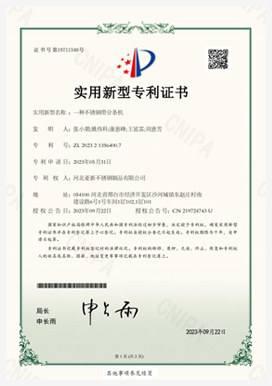Harvesting Rice Efficiently with Modern Reaper Binder Technology and Techniques
The Evolution and Impact of Rice Reaper Binders
The advent of agricultural machinery has significantly transformed the way farming is conducted, leading to increased efficiency and productivity. Among these innovations, the rice reaper binder stands out as a pivotal development in the cultivation of rice, a crop that sustains billions of people worldwide. This article will explore the evolution, functionality, and impact of rice reaper binders on rice farming.
The Historical Context
Rice has been a staple food for centuries, particularly in Asia, where its cultivation dates back thousands of years. Traditionally, the harvesting of rice was a labor-intensive process that involved cutting the stalks by hand with sickles. This method was not only time-consuming but also physically demanding. As populations grew and industrialization began to flourish in the 19th century, the need for more efficient agricultural practices became paramount.
The introduction of mechanical harvesters marked the beginning of a new era in rice cultivation. Early models of harvesters were bulky and primarily designed for grain crops like wheat. However, as the demand for a specialized machine for rice harvesting increased, engineers began to adapt existing designs, leading to the evolution of the rice reaper binder.
What is a Rice Reaper Binder?
A rice reaper binder is a mechanical device used to harvest rice
. It cuts the rice stalks and binds them into sheaves for easy collection. The design typically includes a cutting mechanism, a gathering component, and a binding system, which can operate efficiently in wet and varied terrains often associated with rice paddies.The cutting mechanism generally consists of a set of reciprocating blades that quickly slice through the rice stalks. Once the rice is cut, it is lifted onto a platform where it is gathered together. The final stage involves a binding system, often using twine, to secure the sheaves, making it easier for farmers to transport their harvest. This process not only accelerates the harvesting phase but also reduces the amount of labor required.
The Advantages of Using Rice Reaper Binders
The introduction of rice reaper binders has brought about numerous advantages, transforming the landscape of rice farming
rice reaper binder

1. Increased Efficiency The most significant benefit of using a rice reaper binder is the increase in harvesting speed. Machines can cut and bind rice much faster than manual labor, allowing farmers to harvest large areas in a fraction of the time.
2. Labor Reduction With the mechanization of harvesting, the reliance on manual labor decreases. This reduction can significantly alleviate the challenges of labor shortages, particularly during peak harvesting seasons where many workers are required.
3. Improved Harvest Quality By using mechanical binders, farmers can achieve a more consistent and uniform cut, reducing the chances of crop damage compared to hand harvesting. This leads to higher quality grains and minimizes post-harvest loss.
4. Versatility Modern rice reaper binders are designed to operate in various environmental conditions, including wet and muddy fields where traditional harvesting equipment may struggle. This versatility is crucial for farming in regions where rice is commonly grown.
Challenges and Considerations
Despite their many benefits, rice reaper binders also come with challenges. Initial purchase costs can be high, which may be prohibitive for small-scale farmers. Additionally, maintenance and repairs require technical expertise and access to spare parts, which may not be readily available in remote farming areas.
Moreover, the shift towards mechanization can lead to concerns about job losses in rural communities that rely on manual labor for income. Therefore, it is imperative for policymakers and agricultural stakeholders to consider training programs and alternative employment opportunities as the industry evolves.
Conclusion
The rice reaper binder symbolizes the intersection of tradition and innovation in agricultural practices. It represents a significant advancement in the quest for food security and efficiency in rice farming. While challenges remain, the benefits of mechanization in enhancing productivity and reducing labor demand cannot be overlooked. As technology continues to evolve, the rice reaper binder will likely see further advancements, ensuring that it remains an invaluable tool in the global effort to sustain rice production and meet the food needs of a growing population.
Latest news
-
When to Upgrade Your Old Forage HarvesterNewsJun.05,2025
-
One Forage Harvester for All Your NeedsNewsJun.05,2025
-
Mastering the Grass Reaper MachineNewsJun.05,2025
-
How Small Farms Make Full Use of Wheat ReaperNewsJun.05,2025
-
Harvesting Wheat the Easy Way: Use a Mini Tractor ReaperNewsJun.05,2025
-
Growing Demand for the Mini Tractor Reaper in AsiaNewsJun.05,2025







